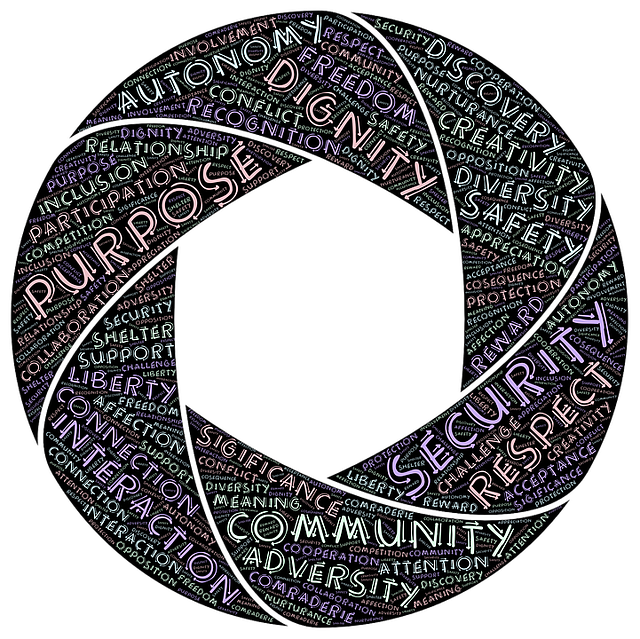Tami Simon, CEO of Sounds True, interviewed Rebecca Walker and Lily Diamond as part of her Insights at the Edge podcast series. Rebecca and Lily are the authors of the newly published (January 2021) book, What’s Your Story? : A Journal for Everyday Evolution. The book provides deeply personal insights into what constitutes a meaningful life as a well as interactive, reflective questions designed to help the reader to revisit and rewrite the story of their own life. Both authors are accomplished writers and activists with quite diverse backgrounds. Their collaborative writing over the past ten years to produce the book is a profound endeavour in its own right. They share a common and very strong belief that in writing our own story with honesty, fearlessness, and persistence, we can rewrite our past and reshape our future so that we live a more meaningful life.
An opening reflective question
During the podcast interview, Tami asked Rebecca and Lily about the first question in their book which is, What is your first memory? This question is penetrating in that it requires the reader to identify a memory that they really experienced and own. It means unravelling the self-stories from what has been communicated by parents, society at large, national culture, workplace culture or formal education. It means getting to the heart of what we actually believe and practice. For Lily, the catalyst for the question was the experience of her mother dying from cancer; for Rebecca, the catalytic event was the divorce of her parents. In both cases they were faced with the fundamental question of What story have I been telling myself about my life? Which leads to the question, How limiting or empowering is my self-story?
A closing reflective question
The interview discussing the book – What’s My Story? – gravitated to the final reflective question How do I define a life well lived? This question is designed to be proactive – to stimulate not only reflection but future action. The question is intended to have us look back from our future deathbed and review how we have spent our life and how we had wished to spend it. It means, in Rebecca’s terms, what would enable me to die peacefully when reviewing my life’s contribution and legacy? The question for both authors revolved around, What is a meaningful life? How can I now live my life in a way that is congruent with what gives my life meaning, satisfaction and a sense of positive contribution to my relationships, my community, and the world at large?
Lily and Rebecca talked about how these questions and their personal responses are influencing the way they live now – even at the micro-level. Throughout their book they ask the reader to reflect on what was meaningful in their past, what is meaningful in their present life and what would give meaning to the rest of their life – a potential catalyst for rewriting our own stories. What could be useful in this personal pursuit of “a life well-lived” are the lessons from death and dying provided by Frank Ostaseski.
The science of a meaningful life
Several authors for the Greater Good Magazine collaborated on an article titled, The Top 10 Insights from “The Science of a Meaningful Life” in 2020. The magazine itself is a production of the Greater Good Science Center, The University of California, Berkeley. The authors drew on the work of multiple researchers in their network and viewed the identified elements as a source of hope in these challenging times when the pandemic has led to many people experiencing conflict, loneliness, illness, and grief.
The authors draw on the concept of a “psychologically rich life” as a framework for their suggestions for a meaningful life:
- Collaborating in learning with others
- Connecting with other people by phone rather than text or social media
- Expressing kindness and gratitude to others (which are contagious)
- Being more extroverted in engagement with others (especially beneficial for introverts)
- Engaging with diverse cultures that can serve to challenge our stereotypes
- Seeking out challenging and varied experiences
- Working in organisations that consciously pursue social justice both within and without
- Exploring ways to be more motivated to express empathy.
Reflection
It is a sobering exercise to ask ourselves these reflective questions that represent the lived experiences of the authors. What is also relevant to this reflection are the lessons from death and dying advanced by Frank Ostaseski. The challenge is to work out how we define a “life well lived”. As we grow in mindfulness, we can gain greater clarity about what a meaningful life is for us and have the courage and resilience to pursue it in our chosen field of endeavour.
___________________________________________
Image by Marcel S. from Pixabay
By Ron Passfield – Copyright (Creative Commons license, Attribution–Non Commercial–No Derivatives)
Disclosure: If you purchase a product through this site, I may earn a commission which will help to pay for the site, the associated Meetup group and the resources to support the blog.




